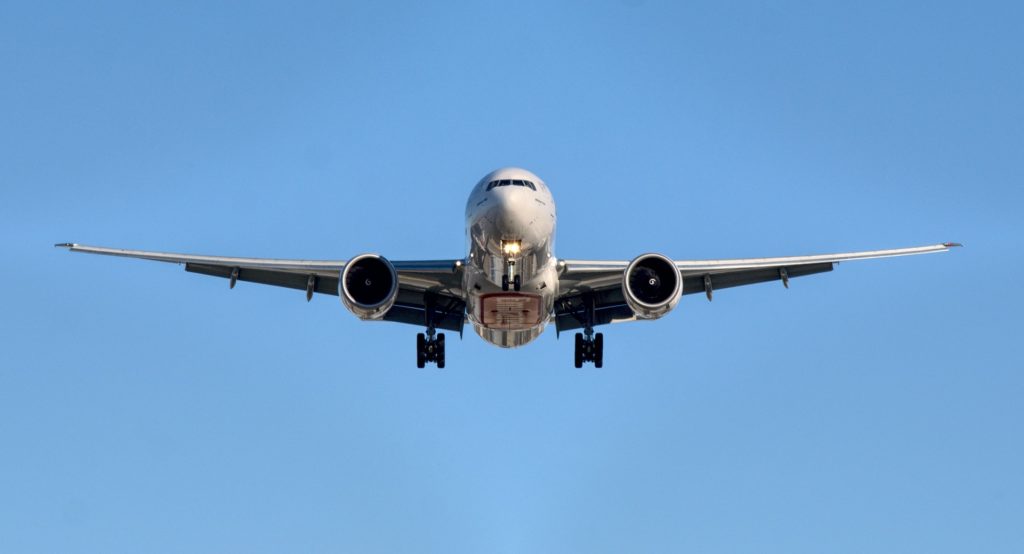
Airport revenues depend on passenger volume. So when the number of air passengers globally declined by 65% in 2020, airports took a hit, according to Airports Council International-North America, the trade association representing commercial service airports in the United States and Canada. Despite an uptick in travel in recent months, U.S. airports are still expected to lose $17 billion between April 2021 and March 2022, according to ACI-North American. These steep losses are in addition to the $23 billion of losses already on the books from the depths of the pandemic lockdowns between March 2020 to March 2021.
To help, the Federal Aviation Administration will award $8 billion in grants and has formed the Airport Rescue Grants program to oversee distribution of these funds. The funds come from the American Rescue Plan Act of 2021, which was signed into law by President Joe Biden on March 11.
The money is intended to “keep U.S. airport workers employed (and) construction projects going and help U.S. airports recover from the impacts of the COVID-19 pandemic,” according to the FAA.
This infusion of money will help airports whose revenues have declined dramatically over the last 18 months, says David Nolletti, head of the aerospace, defense, and government sectors for consulting firm Conway MacKenzie, now part of Riveron.
“Airports generate revenues through airline fees, passenger fees, parking, and airport concessions, so when you have dramatically lower volumes of passengers, that creates a substantial revenue problem,” Nolletti says. “These grants, which will be presumably forgiven at some point, will add liquidity to the airport system to keep it solvent and on stable financial footing,” he adds.
According to the FAA, the funds will be distributed as follows:
- Primary commercial service airports — that is, those airports with more than 10,000 annual passenger boardings — will share nearly $6.5 billion, which will be divided based on the number of annual boardings.
- Primary commercial service airports will also share an additional $800 million that will provide relief from rent and minimum annual guarantees to eligible in-terminal airport concessions.
- Nonprimary commercial service — that is, those airports with fewer than 10,000 annual passenger boardings — and general aviation airports will share $100 million. (Civilian airports that don’t have scheduled passenger service fall under the general aviation category.)
The FAA states that “the money will help keep people safe and employed by reimbursing operational expenses, debt service payments, and costs related to combating the spread of pathogens at the airport.”
Nolletti points out that airports feed entire ecosystems. “You can’t have a healthy airport unless you have a healthy airport community that supports it,” he explains. The funding recognizes this idea as well, as indicated by the eligible in-terminal airport concessions being able to apply for rent relief.
While many factors are still up in the air, Nolletti predicts that, at least by early 2022, traffic in domestic U.S. markets will reach close to its pre-COVID levels. However, he worries about the debt that airports might have incurred. “I do have a concern that some of the airport authorities that had ambitious building programs with heavy debt loads might be in precarious financial situations,” he says. “It was just bad timing when the downturn hit.” Nolletti points to John F. Kennedy International Airport in New York City and Nashville International Airport in Tennessee as examples. (Under the FAA rescue grant program, JFK will receive $217.6 million and the Nashville airport $64 million).
U.S. airports also stand to gain from the proposed federal infrastructure bill. Nolletti predicts that those monies will be used for terminal and runway improvements and extensions. That will be necessary work, he adds. “Globally, the number of passengers has increased more than twofold since 2004, (and) you have to have the infrastructure to handle all that incremental volume,” he says.
More information about the FAA’s rescue grants is available on its website. The FAA has also made a full breakdown of how the grants have been allocated publicly available online.

